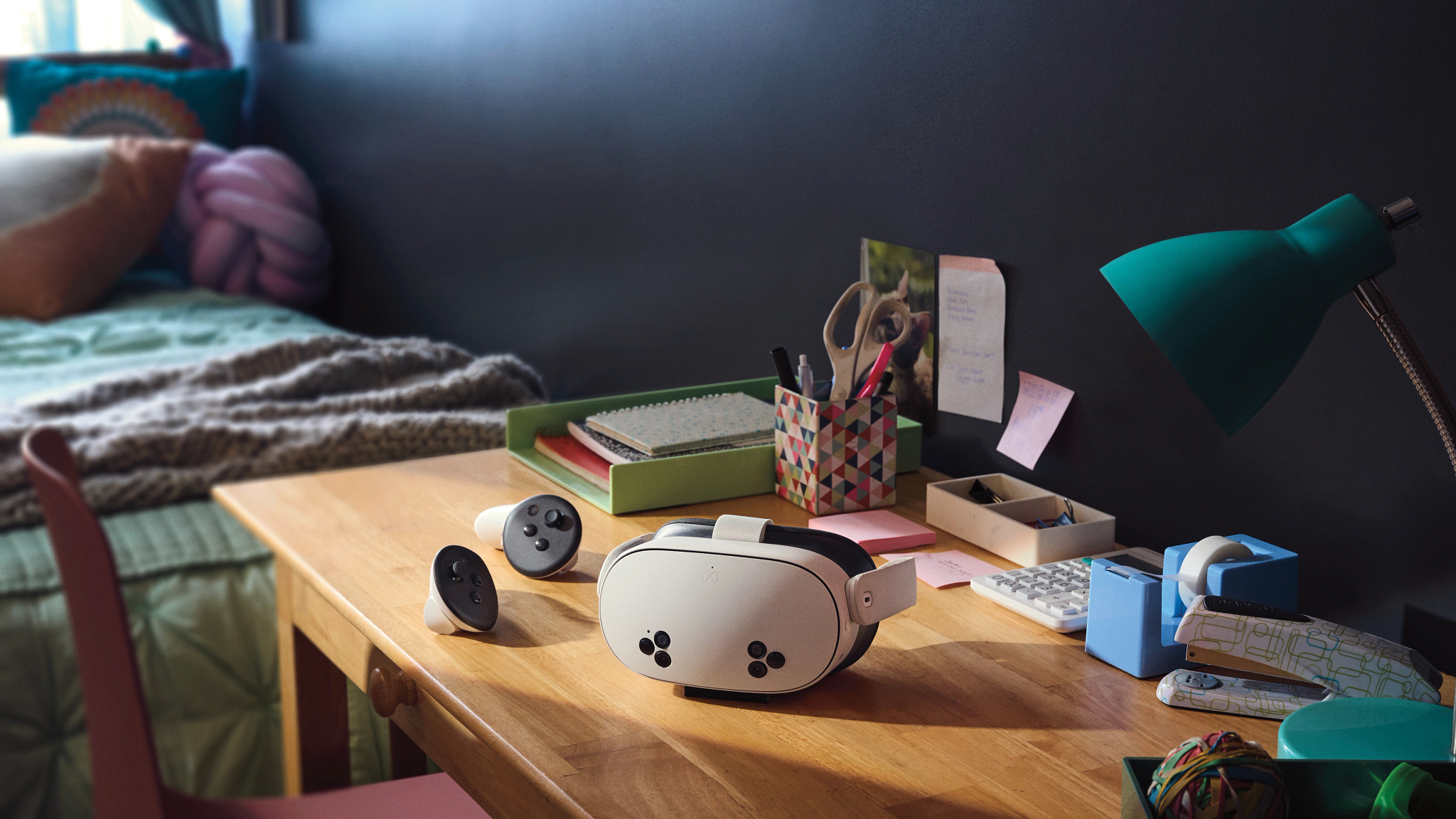Pixel 4 vs. Pixel 2: Should you upgrade?

Google Pixel 4
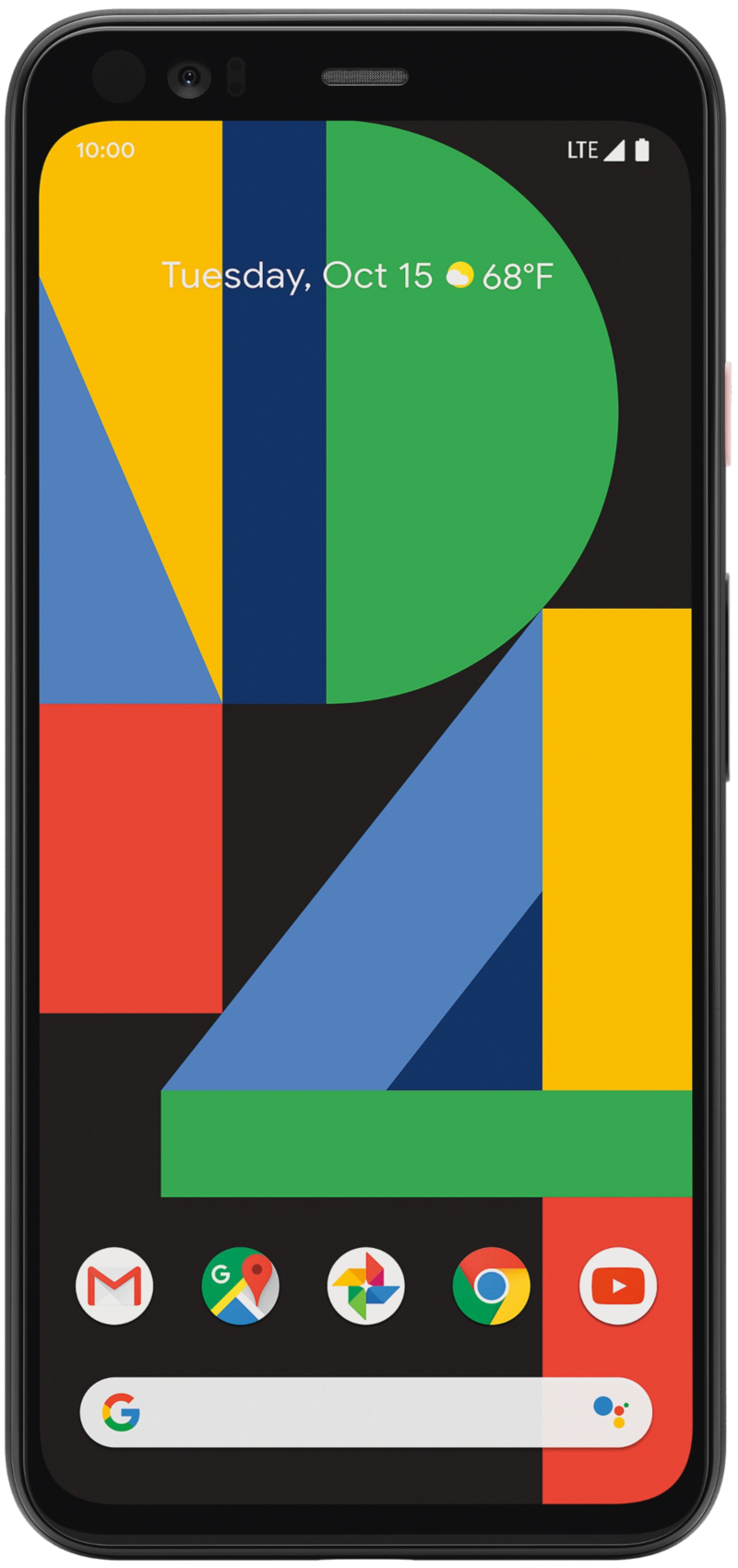
If you're coming over to the Pixel 4 from the Pixel 2, you'll find meaningful upgrades just about everywhere. The display has slimmer bezels and more pixels, performance is considerably faster, and there are two rear cameras instead of one. You also get wireless charging and Google's Soli sensor — allowing for face unlock and Motion Sense gestures.
Google Pixel 4
Better in every way
Google Pixel 2
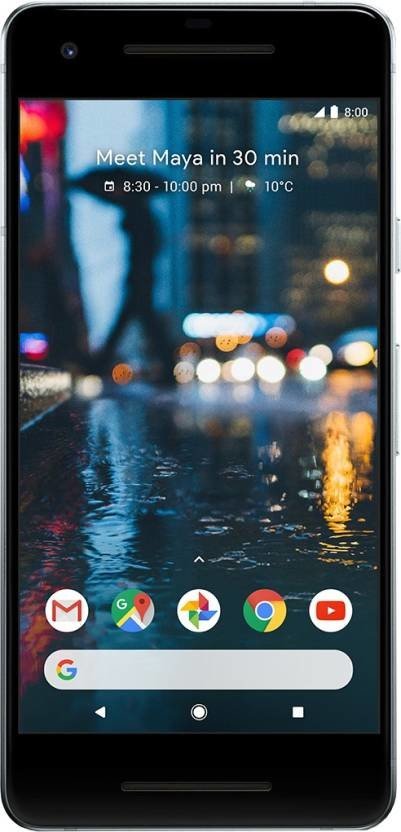
The Pixel 2 was never a looker even when it was first released back in 2017, but here in 2019, it's starting to show its age. Not only do the huge bezels look as outdated as can be, but the phone as a whole isn't what it once was. Plus, guaranteed software updates will cease to exist come Oct. 2020.
Google Pixel 2
Time to switch
The Pixel 2 has proven to be one heck of a smartphone over the last couple of years, but if you can afford it, the Pixel 4 offers substantial upgrades in all the right places. Not only are you getting a much more modern design, but you also benefit from a newer processor, more RAM, a second rear camera, and all of the features that come with Google's bleeding-edge Soli radar sensors.
The Pixel 2 was a great phone, but you should strongly consider upgrading
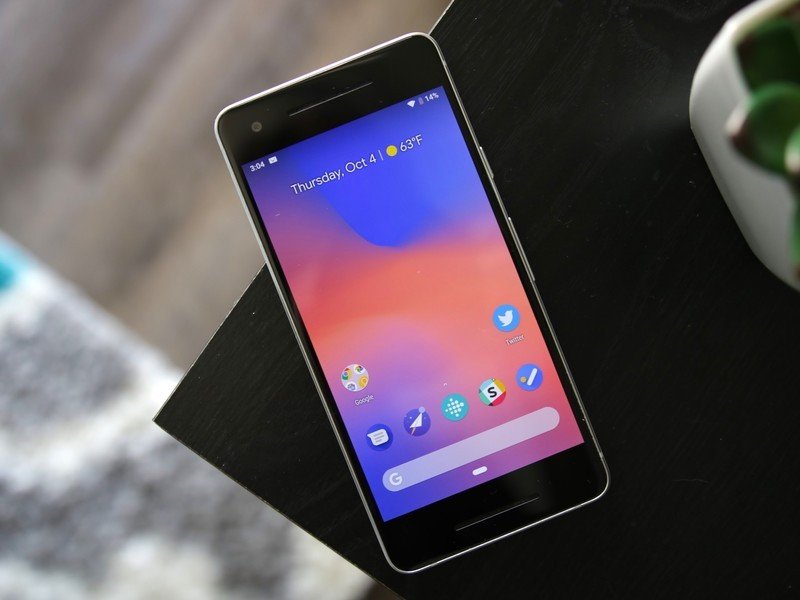
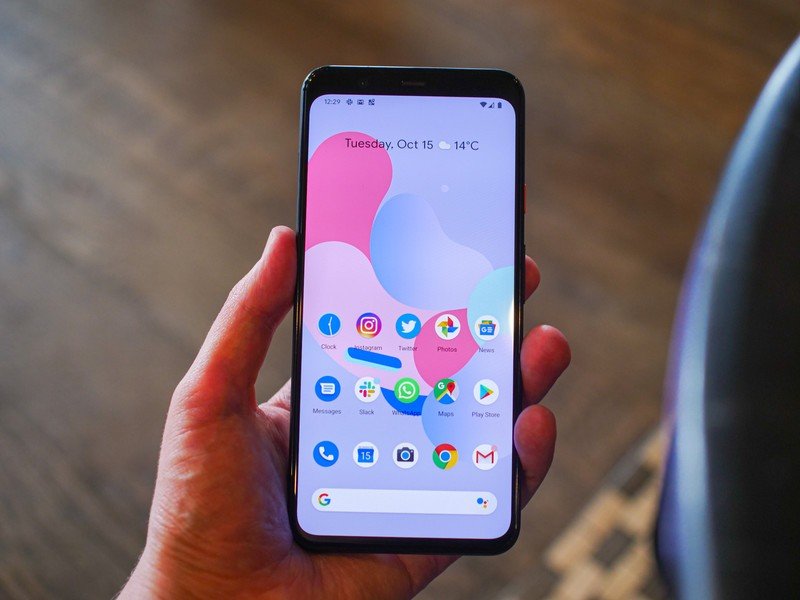
When the Pixel 2 was released in October 2017, we hailed it as "the new standard for Android." Sure, the bezels were big and unsightly even back then, but the overall experience offered by the phone was outstanding. The OLED display was a joy to look at, the single rear camera took exceptional photographs, and the software experience was one of the best on the market.
Those strong suits of the Pixel 2 still hold true today, but its less-than-desirable traits are more prevalent than ever two years after its release.
The bezels of the Pixel 2 were laughable in 2017, and in 2019, they're downright silly.
The bezels of the Pixel 2 were laughable in 2017, and in 2019, they're downright silly. There's nothing inherently wrong about bezels, but from an aesthetic point of view, the Pixel 2 looks like an ancient relic. The screen itself still looks good thanks to the OLED panel and Full HD resolution, but we have to give the upper-hand to the Pixel 4. The bezels are considerably smaller, the resolution is cranked up to Full HD+, and the size of the screen jumps up from 5 inches to 5.7 inches without being dramatically bigger in the hand.
Adding to the list of display improvements, the Pixel 4 is the only of the two phones to have a 90Hz refresh rate. This is something we've seen on a handful of other devices, such as the OnePlus 7T and Razer Phone 2, and it makes everything on the Pixel 4 look and feel substantially smoother. Animations are more fluid, scrolling through web pages feels snappier, and supported games look better than ever before. It's one of those things you have to see in person to appreciate it, but once you do, you'll never want to go back to anything else.
Get the latest news from Android Central, your trusted companion in the world of Android

You will find a fairly large forehead for the Pixel 4, but there's a good reason for this. Behind the "large" top bezel is Google's Soli radar system, and this allows for two main things — face unlock and Motion Sense gestures.
Face unlock is pretty self-explanatory, as it allows you to unlock the Pixel 4 just by looking at it. This is something we've seen in countless other phones, but the Pixel 4 goes a step beyond what we're previously seen. Not only is it extremely fast and highly secure, but you can use it for accessing locked applications (such as your banking app) and authorizing purchases (e.g. Google Pay transactions).
As for the Motion Sense gestures, these allow you to control certain aspects of the Pixel 4 by waving your hand over the screen. Right now, this includes silencing alarms, dismissing incoming calls, and skipping through songs in media apps.
| Header Cell - Column 0 | Google Pixel 4 | Google Pixel 2 |
|---|---|---|
| Operating System | Android 10 | Android 10 |
| Display | 5.7-inch OLED Full HD+ 90Hz refresh rate | 5-inch OLED Full HD 60Hz refresh rate |
| Processor | Qualcomm Snapdragon 855 | Qualcomm Snapdragon 835 |
| RAM | 6GB | 4GB |
| Storage | 64/128GB | 24/128GB |
| Rear Camera 1 | 12MP main camera | 12MP main camera |
| Rear Camera 2 | 16 MP telephoto camera | ❌ |
| Battery | 2,800 mAh | 2,700 mAh |
Looking at the back of both phones, you'll find another advantage of the Pixel 4 in regards to its camera package. While both the Pixel 2 and Pixel 4 use the same 12-megapixel main camera, the Pixel 4 also has a 16-megapixel telephoto lens. This is the first Pixel to ship with more than one rear camera, and the telephoto lens allows you to zoom in closer on your subject without having to physically move your body. In the right scenario, it can be incredibly useful.
The Pixel 4 more than justifies its price of admission.
Under the hood, the Pixel 4 outclasses the Pixel 2 yet again. The Snapdragon 835 and 4GB RAM combo in the Pixel 2 was fine for most people, but the limited memory could prove to be an issue for heavy multitasking. The Pixel 4, on the other hand, is equipped with the faster and more efficient Snapdragon 855 along with 6GB of RAM. Translation, better day-to-day performance for just about everything.
Lastly, when it comes to software, this is another sign that the Pixel 2 is nearing the end of its life cycle. Guaranteed OS updates and security patches will stop for the Pixel 2 come Oct. 2020, and once that date rolls around, it'll be as good as dead. The Pixel 4, on the other hand, has guaranteed software support through Oct. 2022.
If you're happy with the Pixel 2 and think you can comfortably get through another year of it being your daily driver, that's great. For most people, however, we'd argue that the Pixel 4 offers so many upgrades that it's worth switching to it. Spending money on a new flagship can always be a bit painful, but the Pixel 4 more than justifies its price of admission. Plus, if you trade-in or sell your Pixel 2, you can get some extra money to offset the upfront cost.

Google's latest flagship is worth the upgrade.
No matter how you slice it, the Pixel 4 is a big upgrade over the Pixel 2. The bezels are smaller, the display is more impressive, and there are now two cameras instead of just one. Add that together with snappier performance, face unlock, and longer software support, and the Pixel 4 is hard to ignore.

A trusty phone that's showing its age.
We've gotten a lot of love out of the Pixel 2, but now's probably a good time to think about upgrading. From its large bezels to the processor and RAM combo that is gradually slowing down, the Pixel 2 is inching closer and closer to the light and the end of the tunnel.

Joe Maring was a Senior Editor for Android Central between 2017 and 2021. You can reach him on Twitter at @JoeMaring1.
